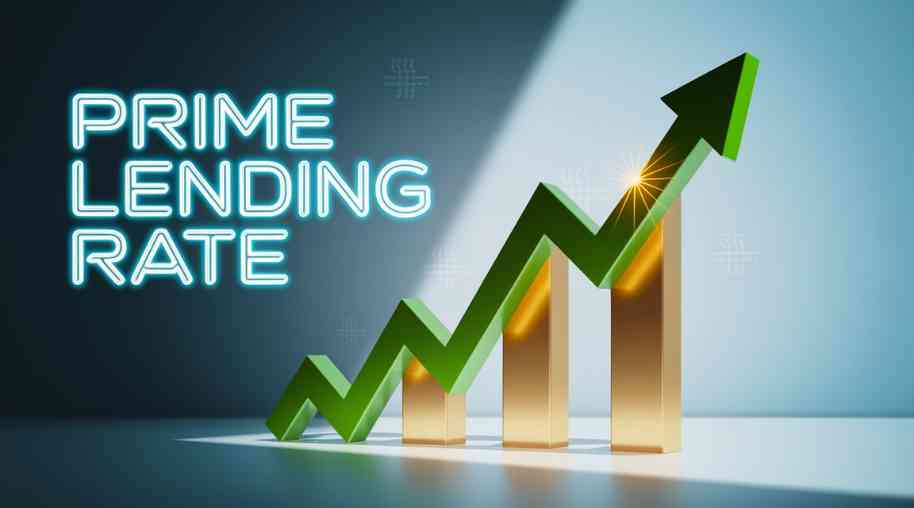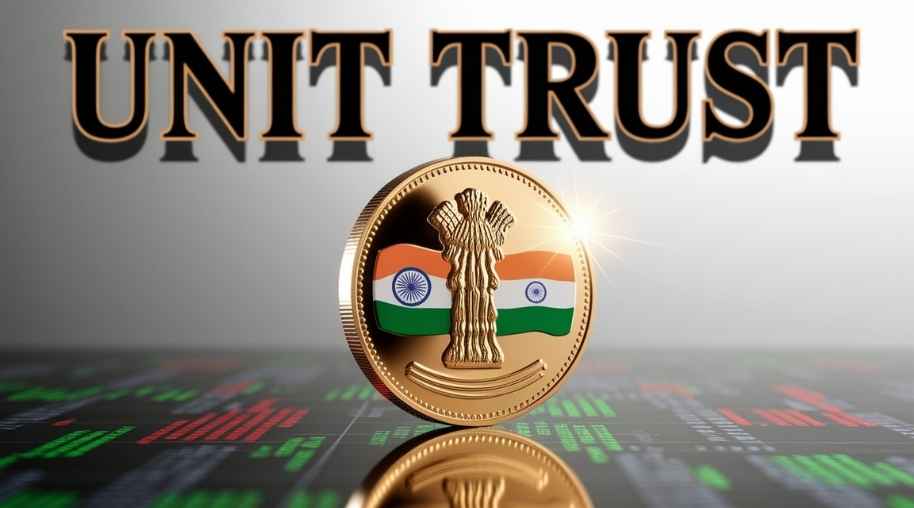PLR Full Form-Prime Lending Rate
by Shashi Gaherwar
0 1941
Prime Lending Rate: Meaning, Importance, and Impact on Borrowers
The Prime Lending Rate (PLR) is a benchmark interest rate used by financial institutions to set loan rates for their most creditworthy customers, influencing borrowing costs and playing a key role in economic stability.

This article explores the definition, determination, importance, and impact of the PLR on borrowers and the economy.
What Is the Prime Lending Rate?
The Prime Lending Rate (PLR) is the minimum interest rate charged by banks to their most reliable clients, such as large corporations or individuals with strong credit profiles. It serves as a reference for setting rates on various loans, including personal, auto, and home loans.
How Is the Prime Lending Rate Determined?
Factors influencing the PLR include:
- RBI Monetary Policy: Repo rate changes directly affect PLR; higher repo rates increase borrowing costs.
- Inflation Rate: Higher inflation prompts elevated rates to curb spending.
- Credit Demand: Increased loan demand may raise PLR.
- Banking Liquidity: More liquidity lowers rates; tight liquidity raises them.
- Cost of Funds: Banks’ expenses in acquiring funds impact PLR.
Prime Lending Rate vs. Other Interest Rates
Related rates include:
- Benchmark Prime Lending Rate (BPLR): Predecessor to MCLR in India, replaced in 2016.
- Marginal Cost of Funds based Lending Rate (MCLR): A dynamic rate based on banks’ funding costs.
- Repo Rate: RBI’s lending rate to banks, influencing PLR.
Importance of the Prime Lending Rate
The PLR is significant for:
- Loan Rates: Influences rates for housing, vehicle, and business loans.
- Borrowing/Investment Decisions: Higher PLRs deter borrowing; lower rates spur growth.
- Monetary Policy: Helps RBI control inflation and economic activity.
- Banking Stability: Supports risk management and profitability for banks.
Impact of the Prime Lending Rate on Borrowers
The PLR affects:
- Businesses: Higher PLRs raise borrowing costs, limiting expansion; lower rates encourage investment.
- Individuals: Impacts EMIs for home, auto, and personal loans; rising PLRs reduce affordability.
- Economy/Inflation: Lower PLRs boost spending and growth; higher rates control inflation.
RBI’s Role in Regulating Prime Lending Rates
The RBI influences PLR by:
- Adjusting repo and reverse repo rates to control bank borrowing costs.
- Managing liquidity to stabilize interest rates.
- Monitoring PLR fluctuations to ensure fair lending practices.
Challenges in Implementing the Prime Lending Rate System
Challenges include:
- Non-Uniformity: Varying PLRs across banks create inconsistencies.
- External Factors: Global trends, inflation, and credit demand affect rates.
- Small Borrowers: High PLRs limit affordable credit access for small businesses and individuals.
The Prime Lending Rate is a critical driver of loan costs and economic activity. Understanding its dynamics empowers borrowers to make informed decisions, while RBI’s regulation ensures financial stability and growth.
Further Learning Resources
If you’re passionate about building a successful blogging website, check out this helpful guide at Coding Tag – How to Start a Successful Blog. It offers practical steps and expert tips to kickstart your blogging journey!
For dedicated UPSC exam preparation, we highly recommend visiting www.iasmania.com. It offers well-structured resources, current affairs, and subject-wise notes tailored specifically for aspirants. Start your journey today!

Share:








Comments
Waiting for your comments